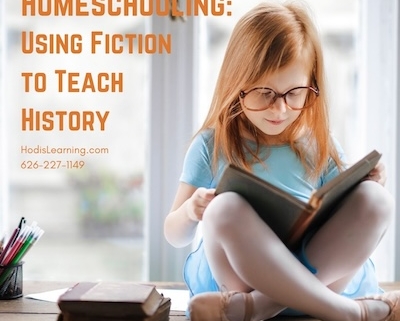Homeschooling: Using Fiction to Teach History
Teaching history through fiction can be a powerful tool in homeschooling, bringing past events and cultures to life in a way that textbooks alone often cannot. By immersing students in the narratives of historical fiction, homeschool educators can foster a deeper understanding and appreciation of history, making learning both engaging and memorable. Here’s how to effectively use fiction to teach history in a homeschool setting.
The Benefits of Using Fiction to Teach History
- Engagement and Emotional Connection: Fictional stories set in historical contexts can captivate students’ imaginations, making them more engaged with the material. Through characters and plotlines, students can emotionally connect with historical events, which helps them remember and understand the significance of those events on a deeper level. This emotional connection can lead to greater empathy and a more nuanced understanding of history.
- Understanding Complex Concepts: Historical fiction can simplify and humanize complex historical events and periods, making them more accessible to younger learners. By presenting history through relatable characters and narratives, students can better grasp the social, political, and cultural aspects of the past. This narrative approach makes it easier for students to comprehend cause-and-effect relationships and the broader impact of historical events.
- Encouraging Critical Thinking: When students read historical fiction, they are often prompted to think critically about the differences between fact and fiction. This can lead to valuable discussions about the author’s perspective, historical accuracy, and the interpretation of events. Such discussions encourage students to analyze sources, consider multiple viewpoints, and develop their own informed opinions about history.
How to Integrate Fiction into Your History Curriculum
- Select Age-Appropriate and Relevant Books: Choose historical fiction books that are appropriate for your child’s age and align with the historical periods you are studying. For younger children, consider picture books and simpler chapter books that introduce historical concepts in an accessible way. Older students can tackle more complex novels that explore deeper themes and provide more detailed historical context.
- Pair Fiction with Nonfiction Resources: To enhance learning, pair historical fiction with nonfiction resources. After reading a novel, use textbooks, documentaries, or primary sources to explore the actual historical events and figures portrayed in the story. This comparison can help students differentiate between historical fact and the creative liberties taken by the author, reinforcing their understanding of the material.
- Encourage Discussions and Reflections: After reading, engage students in discussions about the book. Ask questions like, “What historical events were depicted in the story?” or “How do you think the characters’ experiences were shaped by the time period?” Encourage students to reflect on how the book influenced their understanding of history and what new insights they gained.
- Incorporate Creative Assignments: Use creative assignments to deepen students’ engagement with the historical fiction they’ve read. These could include writing a diary entry from the perspective of a character, creating a timeline of events from the book, or researching the real-life counterparts of the story’s characters. These activities allow students to explore history in a more interactive and personalized way.
- Use Fiction to Explore Diverse Perspectives: Historical fiction offers a unique opportunity to explore diverse perspectives that may not be covered in traditional history curricula. Look for books that highlight the experiences of different cultures, genders, and social classes. This can provide students with a more comprehensive view of history and help them understand the complexities of the human experience across different eras and societies.
Conclusion
Using fiction to teach history in a homeschool setting can transform the way students perceive and understand the past. By making historical events relatable and engaging, fiction helps students develop a deeper connection to the material, encourages critical thinking, and fosters a love for both history and literature. When combined with nonfiction resources and creative assignments, historical fiction becomes a powerful educational tool that enriches the homeschool learning experience.
For families seeking additional support, expert homeschool education teachers at Hodis Learning & Music can offer tailored curriculums to help integrate fiction into their history curriculum, ensuring that learning is both effective and enjoyable. Learn more by calling us or sending a message on our website now.



